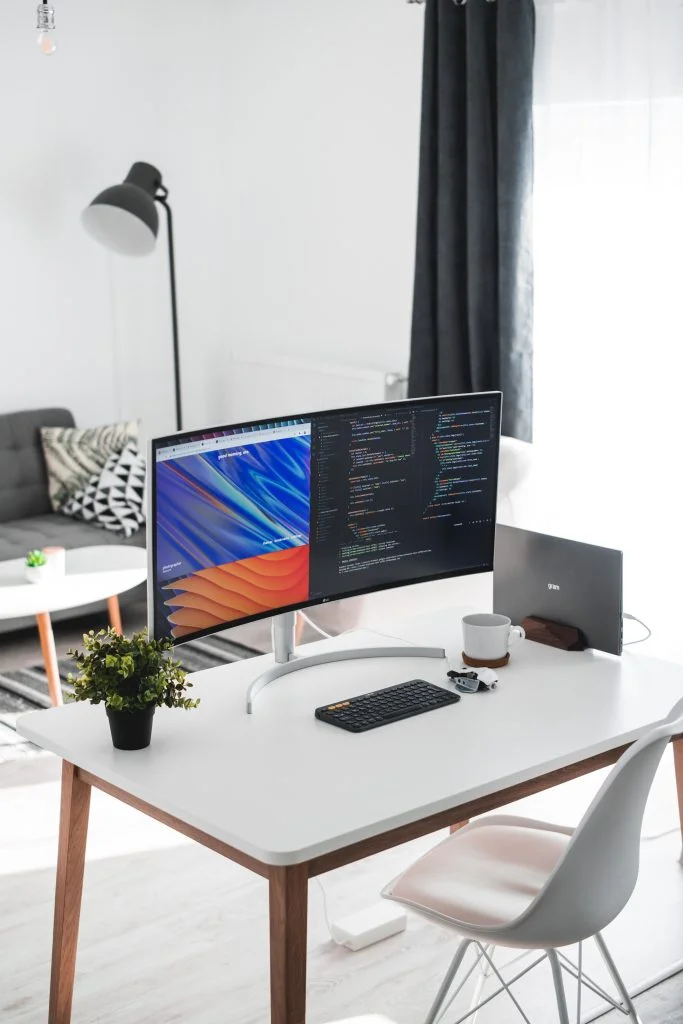In the competitive world of e-commerce, effective user interface (UI) design plays a crucial role in driving conversions and maximizing sales. A well-designed UI not only creates a visually appealing and engaging experience but also guides users seamlessly through the purchase journey. In this comprehensive article, we will explore the best practices for UI design in e-commerce, focusing on optimizing conversions. From creating intuitive navigation to designing persuasive product pages, we will delve into various aspects that contribute to a successful e-commerce UI.
- Understanding the E-commerce Conversion Funnel: Before diving into UI design strategies, it is essential to understand the e-commerce conversion funnel. The funnel typically consists of stages like awareness, consideration, purchase decision, and post-purchase. By aligning UI design with each stage of the funnel, designers can guide users smoothly through the entire journey, reducing friction and increasing the likelihood of conversion.
- Simplifying Navigation and Search: Clear and intuitive navigation is key to help users find what they’re looking for quickly. Implementing a well-organized navigation menu, including categories, subcategories, and filters, allows users to easily browse through products. Additionally, incorporating a robust search functionality with filters, auto-suggestions, and advanced search options enhances the user experience and boosts conversion rates.
- Designing Persuasive Product Pages: Product pages are the core of e-commerce websites, where users make purchase decisions. Designing persuasive and informative product pages is crucial to drive conversions. Key elements to consider include high-quality product images, compelling product descriptions, clear pricing and availability information, customer reviews and ratings, and prominent call-to-action buttons. Utilizing product page layouts that prioritize essential information and incorporate persuasive design elements, such as scarcity indicators and social proof, can significantly impact conversion rates.
- Streamlining Checkout Process: A smooth and frictionless checkout process is vital for minimizing cart abandonment and optimizing conversions. Designers should focus on creating a concise and user-friendly checkout form that only asks for necessary information. Implementing progress indicators, guest checkout options, address verification, and various payment methods simplifies the process. Furthermore, offering trust signals, such as secure payment badges and SSL certificates, instills confidence in users and encourages them to complete the purchase.
- Mobile-Friendly Design: With the increasing prevalence of mobile shopping, ensuring a mobile-friendly UI design is crucial for e-commerce success. Responsive design, optimized layouts, and streamlined interactions on smaller screens are vital considerations. Designers should prioritize mobile-first design, emphasizing readability, intuitive navigation, and efficient product discovery for mobile users. Additionally, incorporating features like mobile wallets and easy-to-use mobile payment methods enhances the mobile shopping experience and boosts conversions.
- Leveraging Visual Design and Branding: Visual design and branding contribute to the overall user experience and play a significant role in establishing trust and brand recognition. Consistent branding elements, such as logos, color schemes, typography, and visual styles, create a cohesive and memorable UI. Attention to visual hierarchy, legible typography, and appealing imagery enhances the overall aesthetics and usability of the e-commerce website.
- Implementing User Feedback and Personalization: Integrating user feedback mechanisms, such as product reviews, ratings, and customer testimonials, provides social proof and builds trust with potential customers. Personalization techniques, such as personalized recommendations based on browsing history or previous purchases, improve the relevance of product offerings and increase the likelihood of conversions.
- Analyzing and Iterating: Continuous analysis and iteration are crucial for optimizing the e-commerce UI design. Utilize analytics tools to track user behavior, conversion rates, and cart abandonment. Identify pain points, usability issues, and areas for improvement through user testing and feedback. Iteratively refine the UI design based on these insights to ensure continuous optimization.
Conclusion:
A well-designed UI is a powerful tool for maximizing conversions in e-commerce. By understanding the e-commerce conversion funnel and implementing best practices, such as simplifying navigation, designing persuasive product pages, streamlining the checkout process, prioritizing mobile-friendly design, leveraging visual design and branding, incorporating user feedback and personalization, and continuously analyzing and iterating, designers can create an e-commerce UI that engages users and drives successful conversions. Remember, the ultimate goal is to provide a seamless, intuitive, and delightful user experience that fosters trust, encourages purchase decisions, and boosts overall e-commerce performance.

